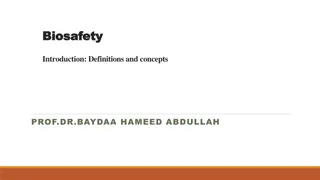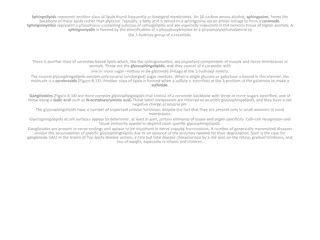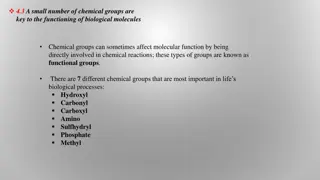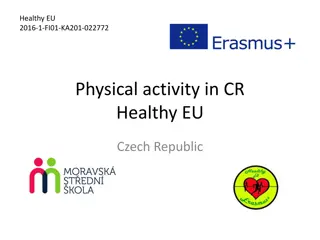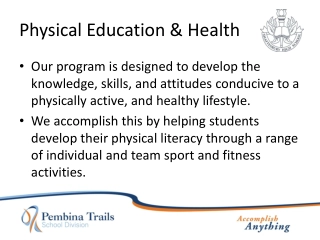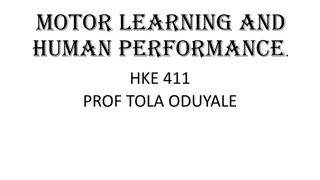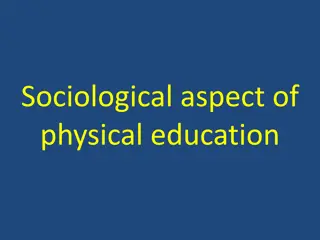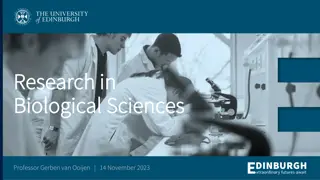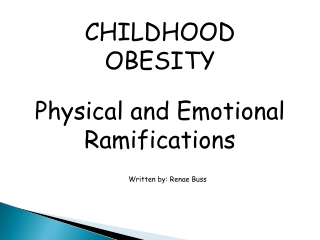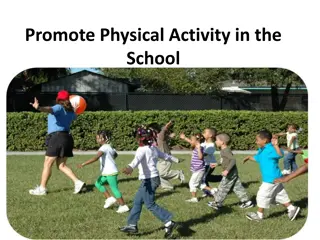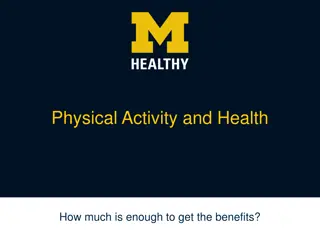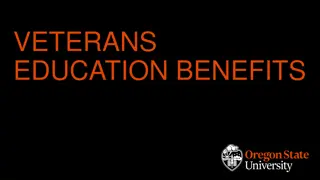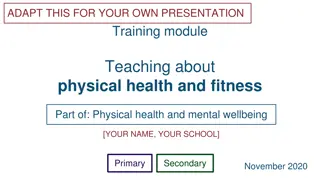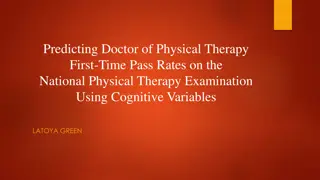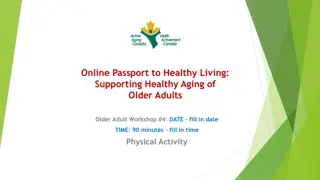Benefits of Physical Education: A Biological Perspective
Physical Education (PE) is essential for developing vital skills, knowledge, and attitudes to lead an active and healthy lifestyle, promoting growth, and preventing various health conditions. Regular physical activity strengthens the heart, lungs, and reduces the risk of chronic diseases, emphasizing the importance of motor competence in physical education programs.
Download Presentation

Please find below an Image/Link to download the presentation.
The content on the website is provided AS IS for your information and personal use only. It may not be sold, licensed, or shared on other websites without obtaining consent from the author. Download presentation by click this link. If you encounter any issues during the download, it is possible that the publisher has removed the file from their server.
E N D
Presentation Transcript
Biological Interpretation of Physical Education Ms Maryam Zahra Department of Health & Physical Education LCWU Lahore. Email:maryamsyed565@gmail.com
Physical Education (PE) develops the skills, knowledge, values and attitudes needed for establishing and enjoying an active and healthy lifestyle, as well as building student confidence individuals and in groups or teams, through a wide range of learning activities. and competence in facing challenges as
Regular physical activity promotes growth and development and has multiple benefits mental, and psychosocial that undoubtedly learning. Specifically, physical reduces the risk for heart disease, diabetes mellitus, high blood pressure, obesity, and metabolic syndrome; various other aspects of health and fitness, including aerobic capacity, muscle and bone strength. for physical, health contribute to activity osteoporosis, improves
Research finding To engage successfully in a game of handball, baseball, cricket, or basketball at any age, it is important to reach a minimum level of competence in running, throwing, catching, and striking. The assumption of the existence of a relationship between motor competence and physical activity is at the heart programs (Clark, 2005, p. 44) of our physical education
1. It strengthens the heart. The heart is a muscle. Like other muscles, its performance improves when it's regularly challenged by exercise. The heart responds to exercise by becoming stronger and more efficient. Strengthening the heart muscle can help ward off heart disease -- the leading cause of death in the United States, according to the U.S. Department of Health and Human Services -- even in early childhood. 2. It helps keep arteries and veins clear. Exercise reduces the amount of harmful cholesterol and fats in a person's blood. It increases the flexibility of the walls of blood vessels, and helps to lower blood pressure. This can reduce a person's risk for heart attack and stroke.
3. It strengthens the lungs. Working hard increases lung capacity, and their efficiency in moving air in and out of the body. As a result, more oxygen is drawn into the body and more carbon dioxide and other waste gases are expelled. Regular exercise helps prevent the decline in oxygen intake that occurs naturally with age or as a result of inactivity. 4. It reduces blood sugar levels. Exercise prevents sugar from accumulating in the blood by triggering muscles to take up more glucose from the bloodstream and use it for energy. This can reduce a person's risk of developing diabetes.
5. It controls weight. When a person is sedentary, he tends to be taking in more calories than are needed. These unused calories accumulate as fat. A person who is physically active may have a deficit of calories, which takes fat away and lowers weight. Lowered weight is good for the heart and can be beneficial in people with diabetes. 6. It strengthens bones. Just as muscles grow stronger when physically stressed, bones also respond by getting stronger. Exercise increases bone density, which helps prevent osteoporosis.
7. It helps prevent cancer. People who exercise regularly have lower incidences of cancer. The cancers most affected include colon, prostate, uterine, and breast cancers. 8. It regulates blood pressure. Exercise has been shown to reduce stress levels. As the levels of stress in a person's body subsides, his blood pressure and his risk for heart disease decline. 9. It improves energy levels. Regular exercise often makes people feel more energetic, allows them to be more active.
10. Muscles Exercise builds and strengthens muscles, which can protect the bones from injury, and support and protect joints affected by arthritis. Strong muscles also give stability and improve balance and coordination. Exercise also improves blood supply to the muscles and increases their capacity to use oxygen. Resistance training prevents the age-related loss of muscle mass known as sarcopenia. 11. Joints Exercise lubricates the joints, and reduces joint pain and stiffness. It also helps people with arthritis by increasing flexibility and muscle strength. 12. Balance Regular exercise and physical activity strengthen the muscles and improve balance and coordination, leading to fewer falls in the elderly.
Sport contribution to the well-being of people in developing countries. Exercise, physical activity and sport have long been used in the treatment communicable and non-communicable diseases. Physical activity for individuals is a strong means for the prevention of diseases and for nations is a cost-effective method to improve public health across populations. and physical activity can make a substantial and rehabilitation of According WH0 (world health organization)





